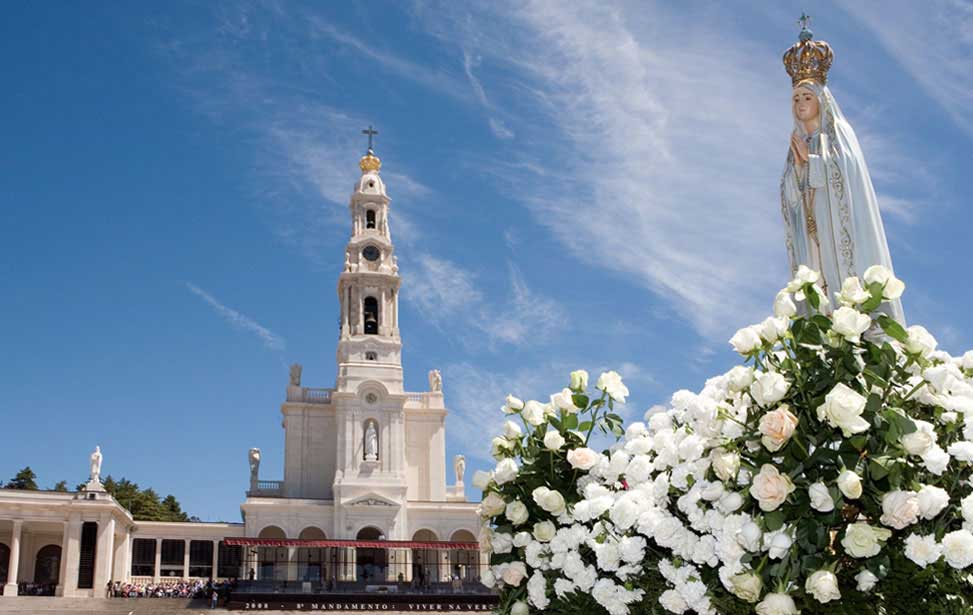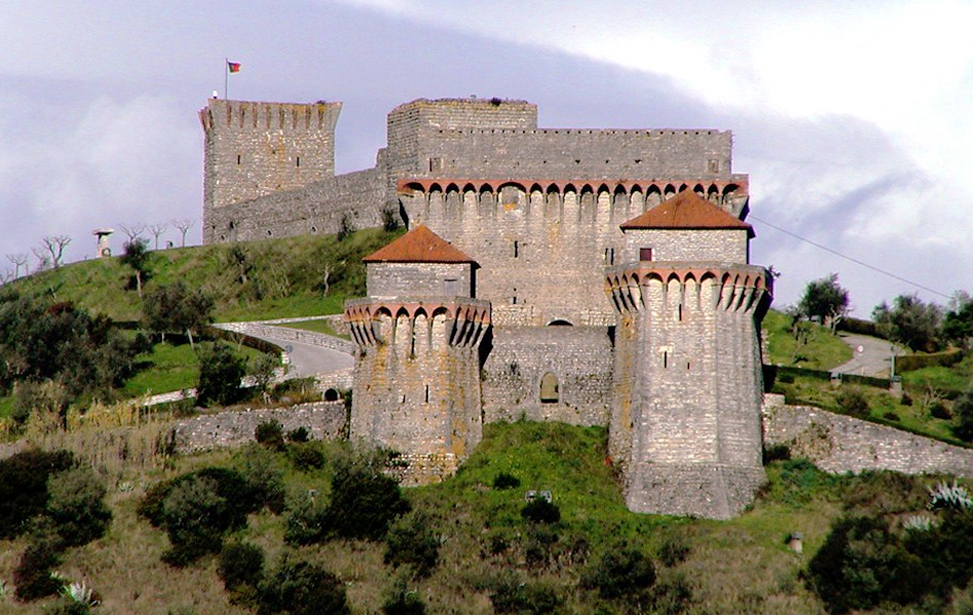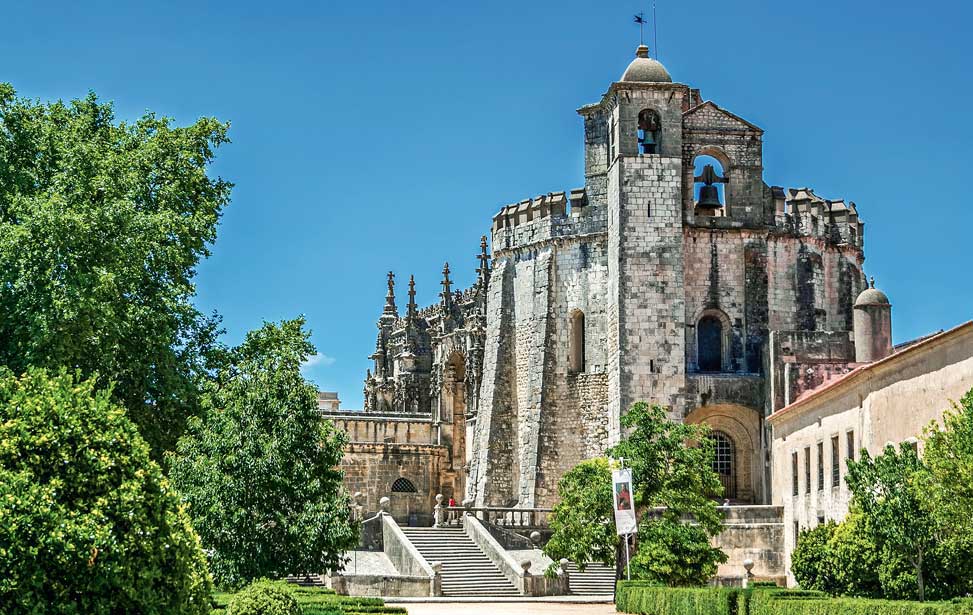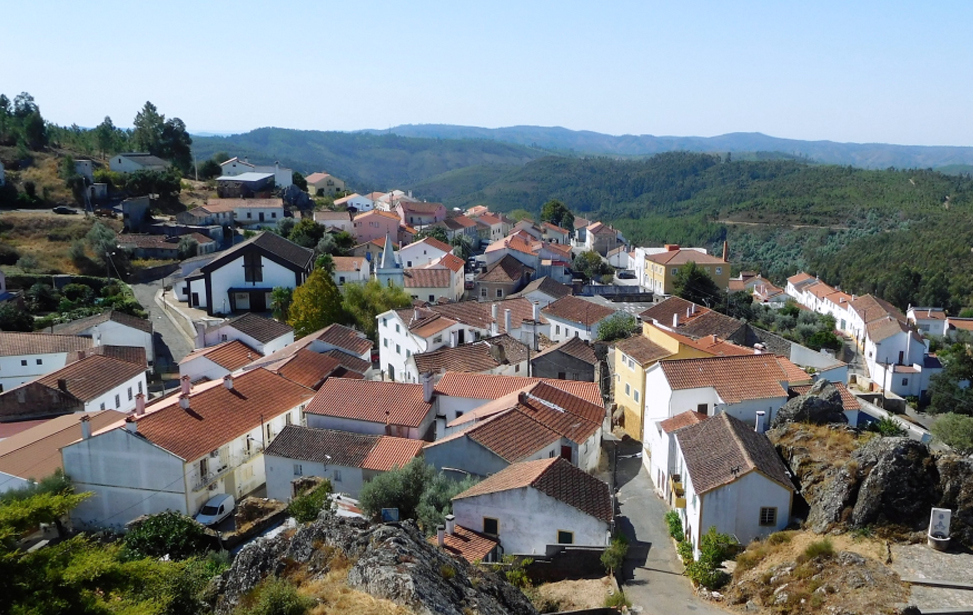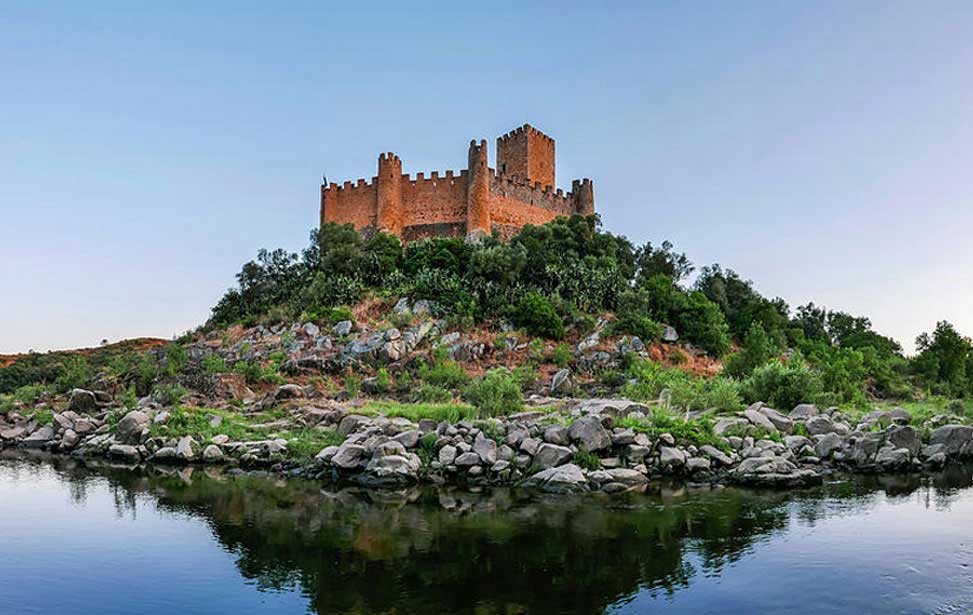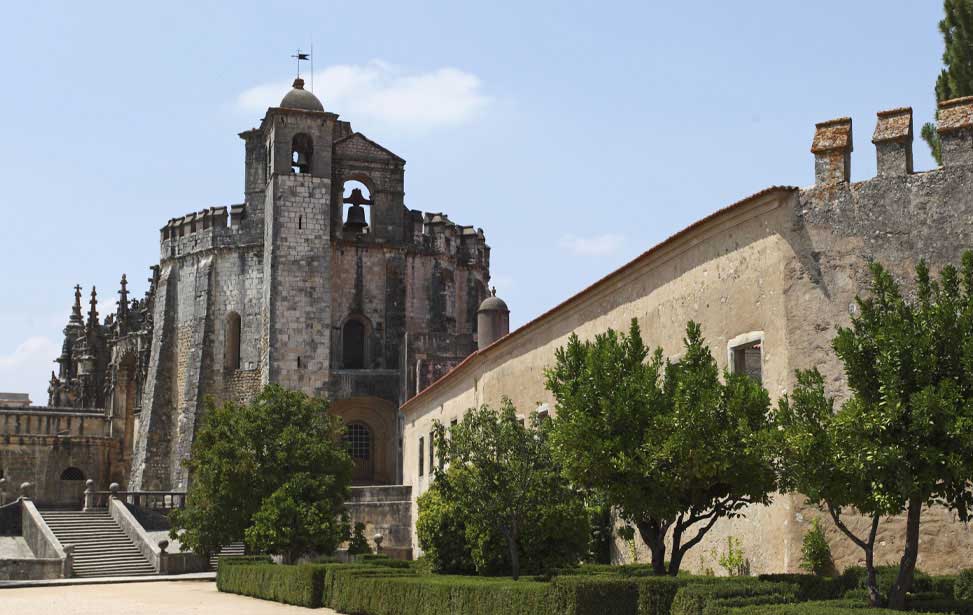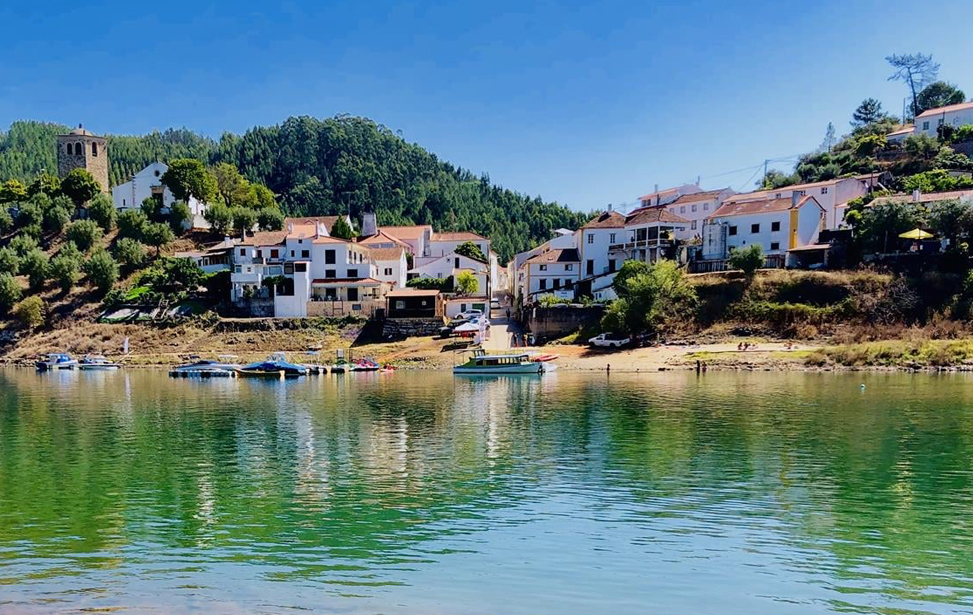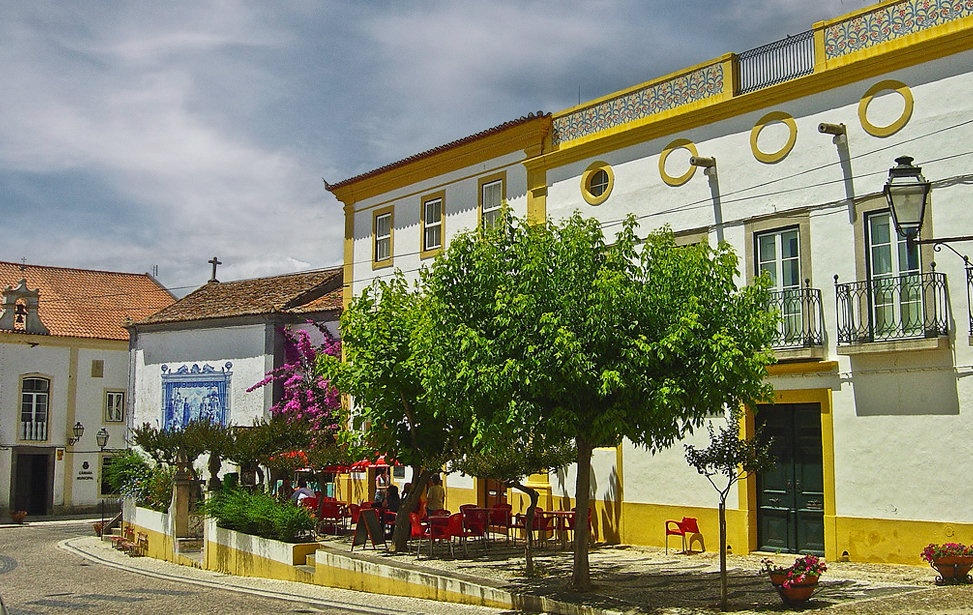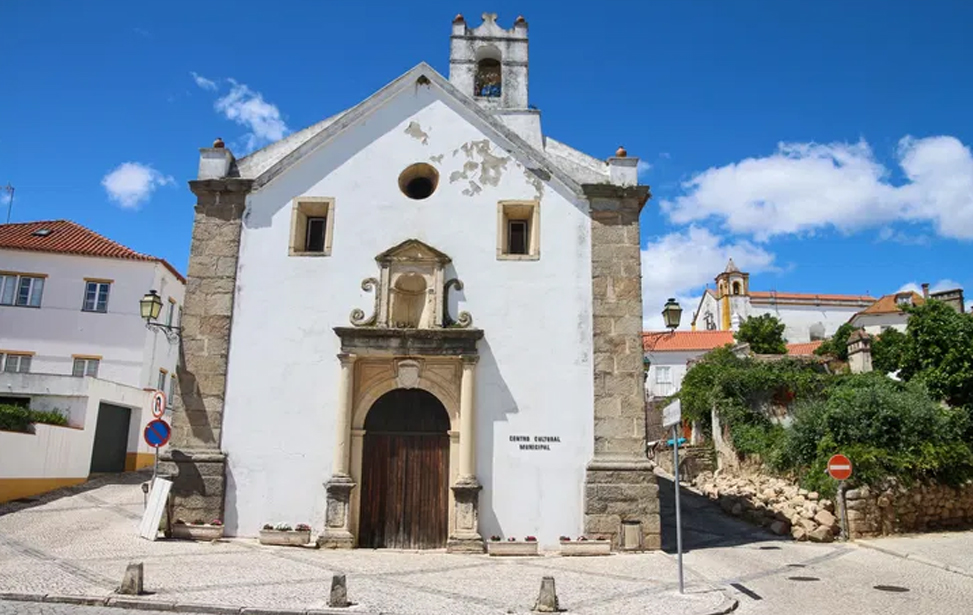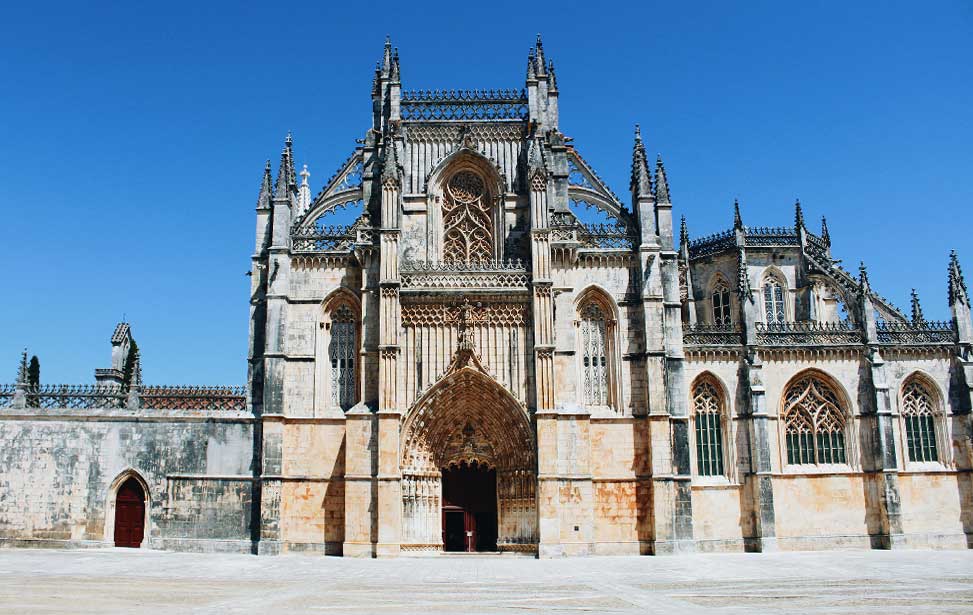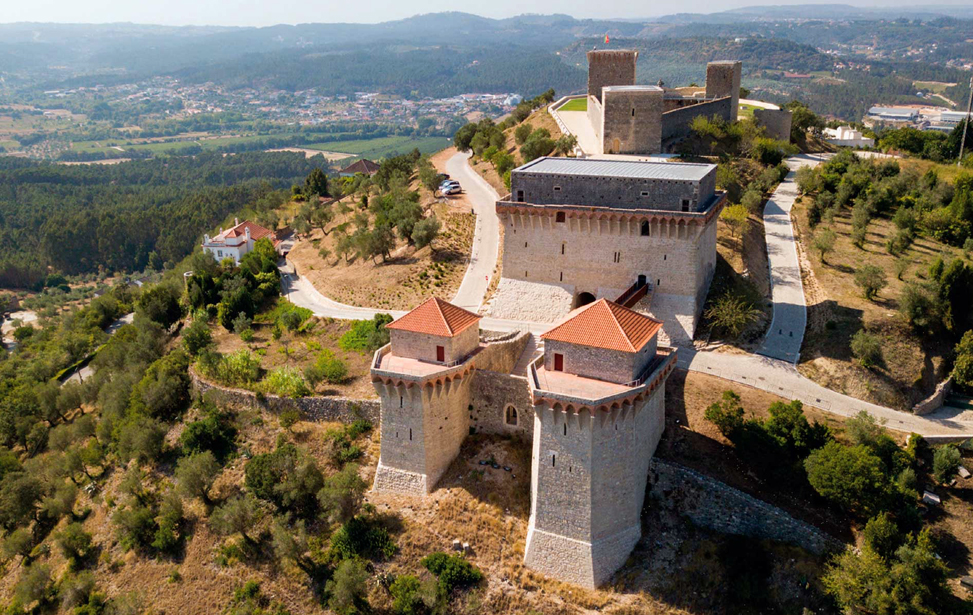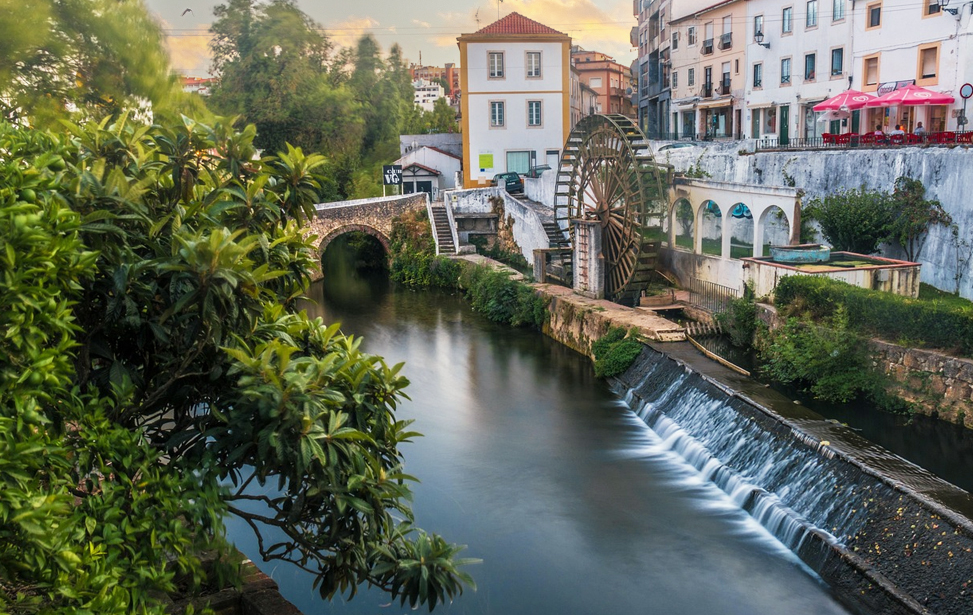MÉDIO TEJO
The central region of Portugal known as Médio Tejo is an area of natural beauty, rich history, and cultural charm. This relatively new region consists largely of the area formally referred to as the Ribatejo. Following the flow of the Tejo (Tagus) River, the area is home to rolling hills, medieval towns, lush river valleys, historical sites and a region of devotion.
While less known than Portugal’s bustling coastal cities, the Médio Tejo offers an authentic glimpse into the country’s heritage — from Templar castles to tranquil lakes and traditional gastronomy.
The Médio Tejo’s landscape is defined by rolling hills, river valleys, and tranquil lakes. The region sits at the meeting point of two major rivers — the Tejo and the Zêzere — creating a mosaic of lush green forests, rocky cliffs, and shimmering blue waters.











